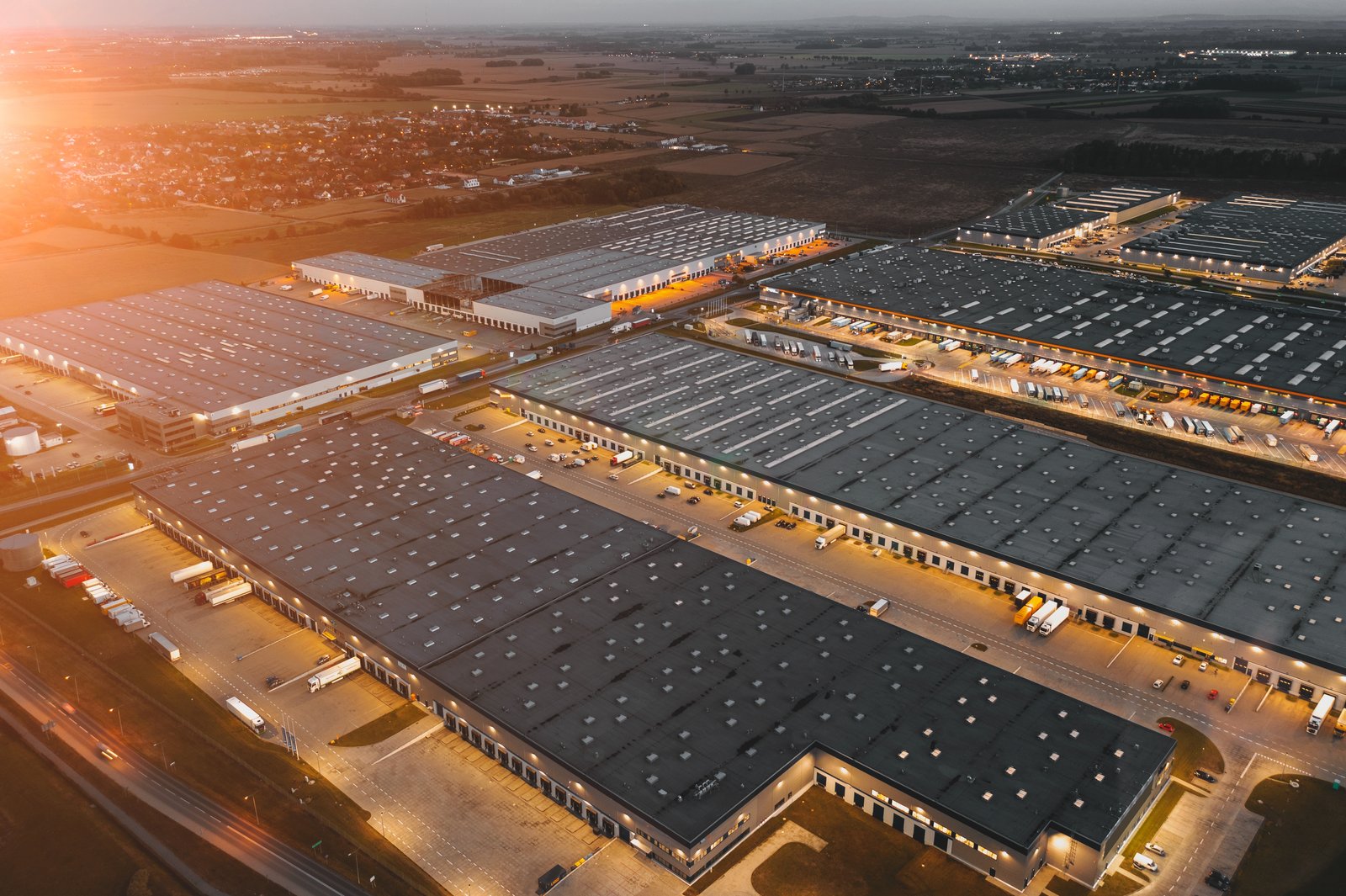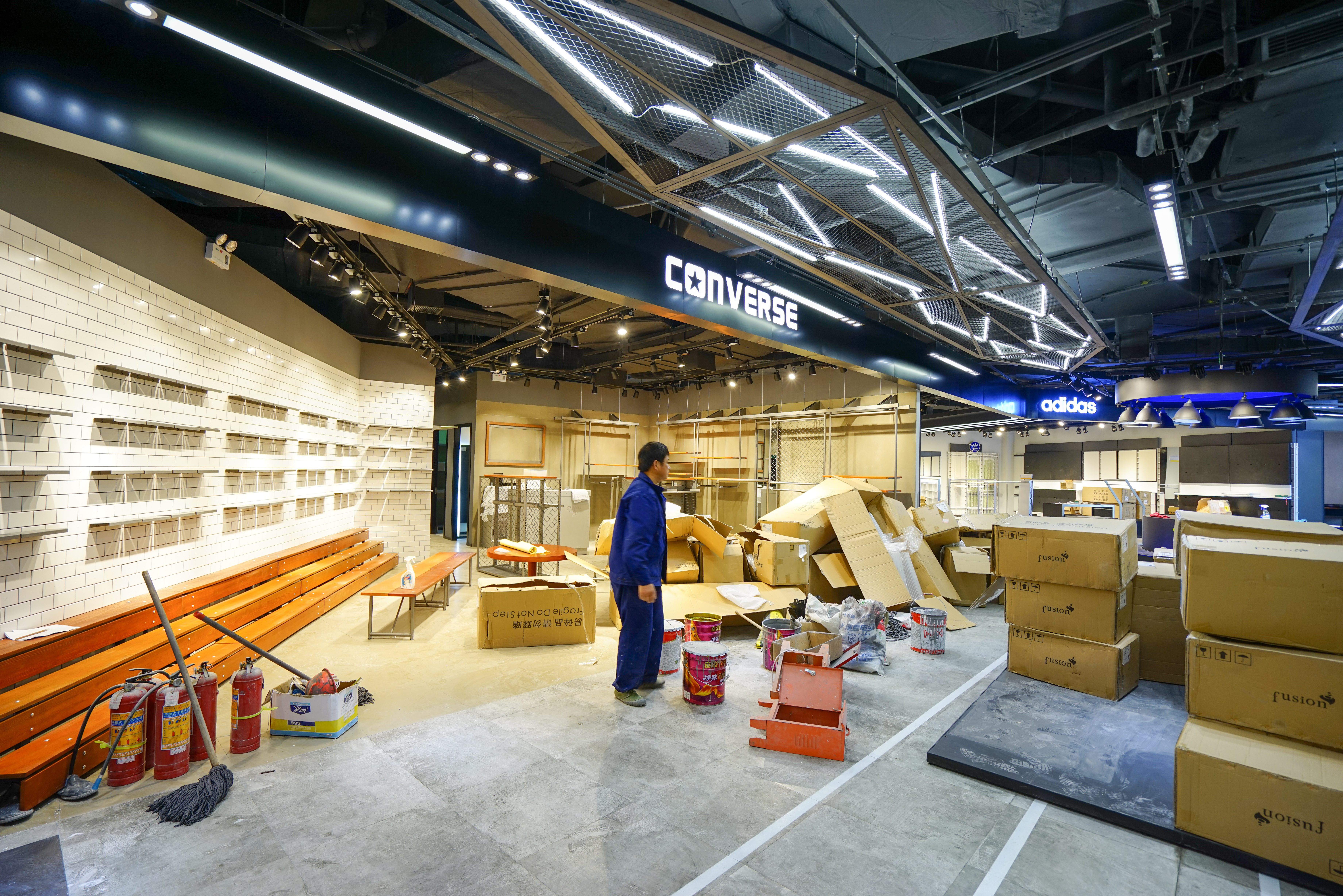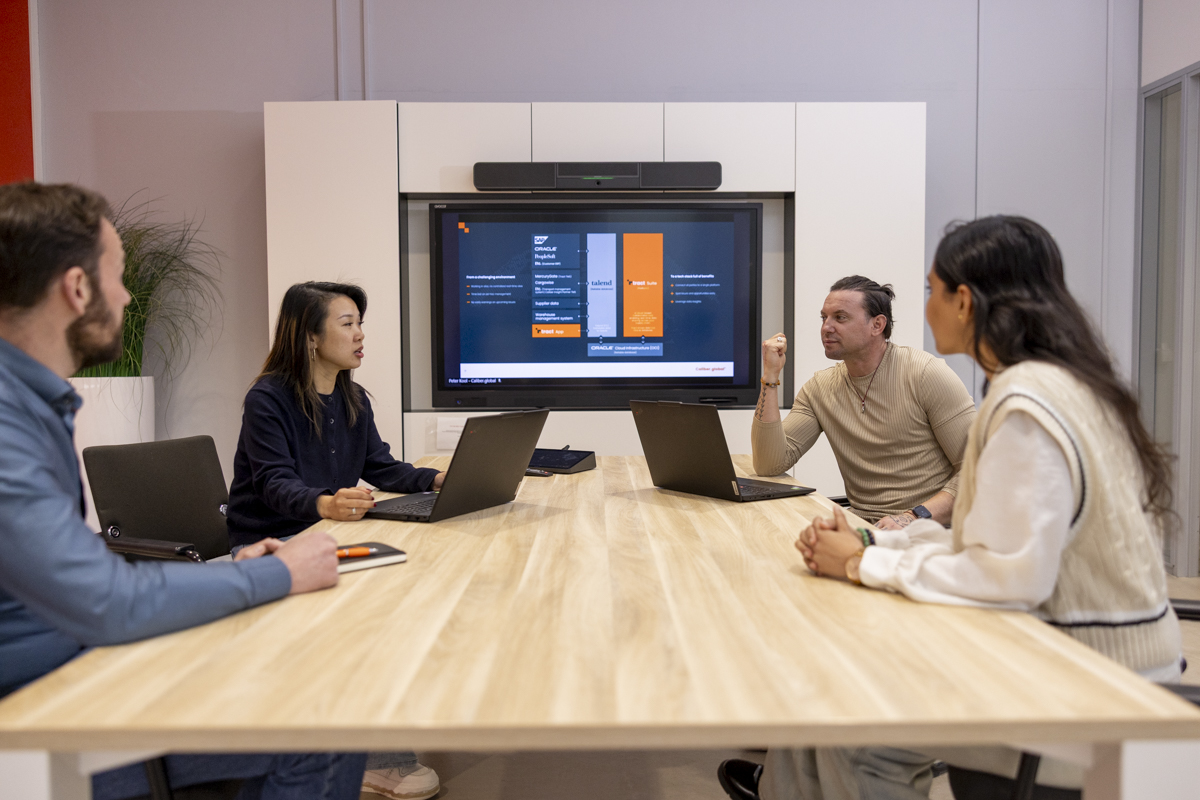The logistics landscape has evolved dramatically over the past decades. From the early days of single-function providers handling transport or warehousing (1PL and 2PL), to integrated management through 3PL and 4PL, the journey reflects one common goal — creating smarter, more resilient supply chains.
Today, that evolution has reached its most strategic level yet: Fifth Party Logistics (5PL). In this new era, logistics is no longer just about moving goods efficiently. It’s about orchestrating an ecosystem of partners, data, and decisions through intelligent, technology-driven collaboration.
So, what is fifth party logistics — and why are more companies turning to 5PL providers like Caliber.global to manage complexity, mitigate risk, and drive predictability?
What Is Fifth Party Logistics (5PL)?
In simple terms, 5PL logistics represents the next generation of supply chain management — where integration, digitalization, and intelligence converge.
A fifth party logistics provider doesn’t just manage logistics partners like a 3PL or coordinate entire networks like a 4PL. Instead, a 5PL acts as a strategic orchestrator, using data and advanced technology to optimize every link in the chain — from suppliers and manufacturers to end sites and customers.
5PL Logistics Definition
Fifth Party Logistics (5PL) is the strategic management and optimization of entire supply chain networks through digital platforms, analytics, and collaboration — enabling full visibility, automation, and continuous improvement across multiple 3PL and 4PL providers.
In short: 4PLs manage, 5PLs optimize.
Where a 4PL focuses on coordination, a 5PL focuses on integration and intelligence.
How 5PL Works: From Data to Decisions
In a traditional 4PL setup, information often flows linearly — from supplier to logistics provider to client. A 5PL supply chain, however, operates as a connected ecosystem.
Through a digital Supply Chain Collaboration Platform, all stakeholders access real-time data, enabling smarter and faster decisions. Predictive analytics and scenario modeling allow 5PL providers to foresee disruptions and adjust before they impact the project.
This approach turns fragmented supply chains into living systems that learn, adapt, and improve.
5PL services typically include:
-
Integration of all logistics data into one platform
-
Predictive supply chain planning and optimization
-
Scenario modeling and AI-driven decision support
-
Supplier collaboration and performance tracking
-
Sustainability and cost-to-serve analytics
At Caliber.global, these services come together in a unified digital ecosystem designed to reduce unpredictability — the biggest margin killer in supply chain.
5PL Logistics Example: Construction Supply Chain Optimization
To understand 5PL in practice, consider a large-scale construction project — such as building a data center or manufacturing facility.
Such projects rely on hundreds of suppliers across continents, thousands of SKUs, and strict delivery windows. When one shipment is delayed or misaligned, the entire critical path is at risk.
A fifth party logistics provider manages this complexity by connecting every stakeholder on a single platform. Materials are tracked from production to installation, potential delays are identified early, and site logistics are continuously optimized.
This digital orchestration enables true end-to-end visibility and ensures OTIF (On Time In Full) delivery performance — transforming construction logistics from reactive firefighting to proactive control.
That’s the power of 5PL logistics in action.
The 5PL Curve: Intelligence and Adaptability
The term “5PL curve fitting” or “5PL curve fit” is often used in data science to describe how models adapt to complex, nonlinear patterns. In logistics, the same concept applies — albeit metaphorically.
The 5PL curve represents how advanced analytics and AI allow supply chains to “fit” dynamically around disruptions, cost fluctuations, and demand shifts.
Where traditional models are rigid, 5PL-driven supply chains are elastic. They continuously reshape themselves based on new inputs: market data, supplier performance, route delays, or sustainability goals.
This ability to “curve fit” — to adapt intelligently — is what separates a data-driven 5PL provider from traditional logistics models.
In a world of unpredictable markets and global dependencies, adaptability isn’t optional; it’s the foundation of competitive advantage.
Why Companies Choose a Fifth Party Logistics Provider
Partnering with a 5PL means moving from logistics management to strategic collaboration. Organizations that work with fifth party logistics providers gain:
1. One Digital Ecosystem
All data and partners connected through a single platform, enabling total visibility across regions, suppliers, and timelines.
2. Predictive Visibility
AI-driven alerts and scenario planning help prevent disruptions rather than react to them.
3. Smarter, Greener Operations
Optimized routes, minimized waste, and better resource utilization contribute to sustainability and cost efficiency.
4. End-to-End Accountability
A 5PL provider doesn’t just coordinate; it takes ownership of continuous improvement across the entire supply chain.
5. Scalable Global Collaboration
Whether it’s managing store openings worldwide or constructing a new industrial site, 5PL logistics ensures every stakeholder works from the same data foundation.
By connecting strategy with execution, 5PL services turn supply chain complexity into a competitive strength.
Conclusion: The Future Is 5PL
As supply chains grow more global, data-rich, and interdependent, the old linear models no longer suffice.
The future of logistics lies in collaboration, intelligence, and transparency — the pillars of fifth party logistics.
For organizations seeking predictability, efficiency, and resilience, 5PL is not just another service level — it’s a strategic mindset.
At Caliber.global, we believe that the most powerful supply chains are those that connect technology, partners, and data into one intelligent ecosystem.
That’s what Fifth Party Logistics is all about.



